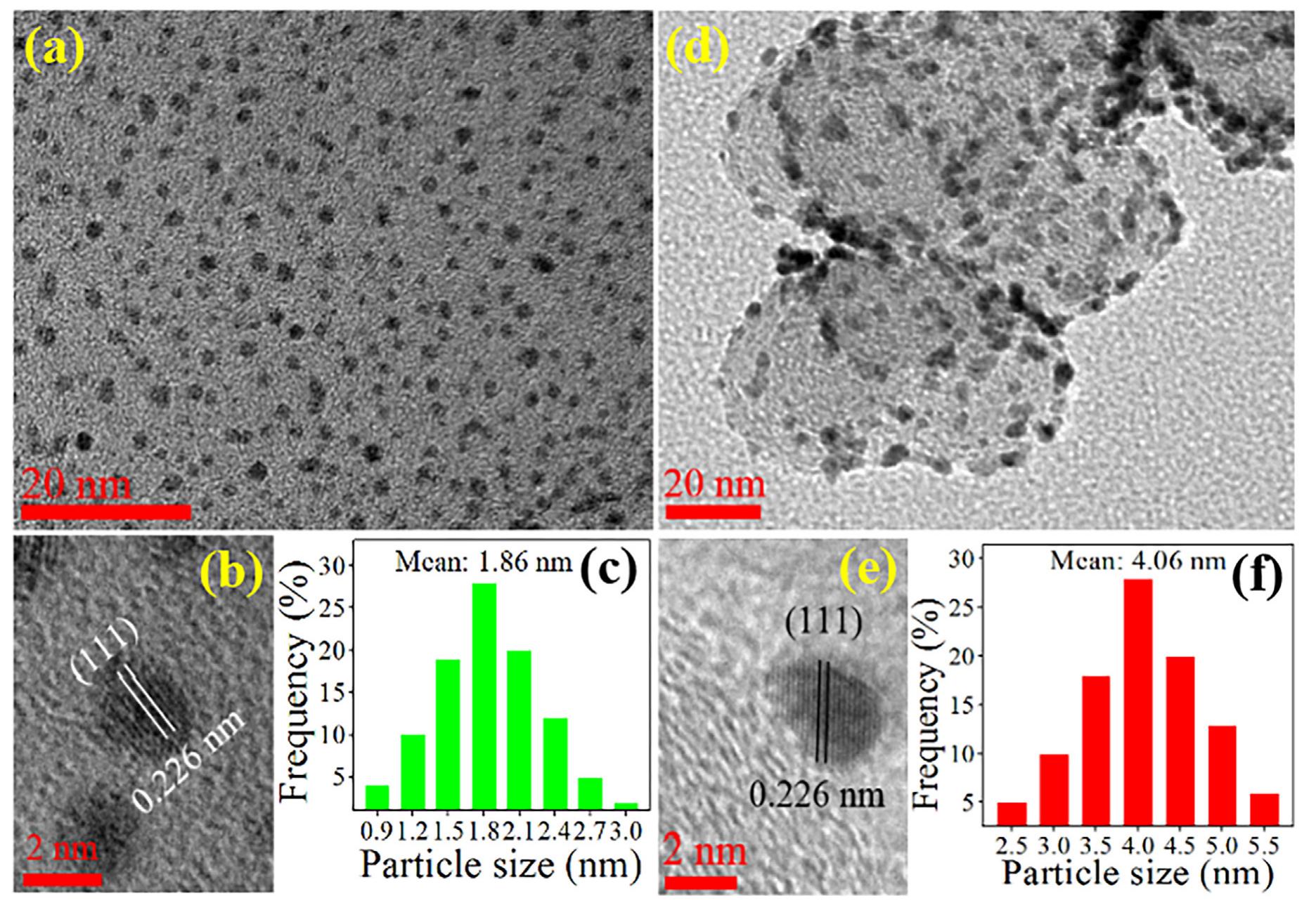Figure 7 – uploaded by Ganpurev Adilbish

Figure 7 A comparison of MOR activity of the Pt/C and Pt-Ru/C commercial and Pt/C-Au@CeO,-Pt electrocatalysts: (a) MOR mass activity and corresponding durability up to 1000 sequential cycles obtained in N-saturated solution of 0.5 M H2SO,+ 1 M CH30H electrolyte at a sweep rate of 50 mV/s at 25 °C. On the other hand, the EIS is also tested in Nz-saturated solution of 0.5 M H2S0O,+1M CH3OH electrolyte in order to measure the internal resistance of all of the as-prepared electrocatalysts. The EIS spectra are analyzed using Nyquist plots (Fig. 8b), which are fit- ted with an equivalent circuit, as given in Fig. S16, where, R, indi- cates the solution resistance, Ry presents the charge transfer resistance and CPE is a constant phase element. All EIS spectra con- tain a semicircle portion, with the small diameter of the semicircle (small R,,) demonstrates low charge transfer resistance of the MOR activity. From the given equivalent circuit, the Re value is calcu- lated to be 86Q for Pt/C-Au@CeO,-Pt, 106 Q for Pt/C-CeO,-Pt, 127 Q for Pt/C-Pt and 155 Q for Pt/C electrocatalysts, respectively. In general, the introduction of CeOz-based materials to Pt/C cata- lyst could contribute to the decrease of R,, at the interface between working electrocatalyst and electrolyte, in particular, the Pt/C-Au@CeO2-Pt shows the smallest internal resistance among all of the as-prepared electrocatalysts. For this reality, the role of each catalyst layer in the Pt/C-Au@CeO,-Pt structure is clarified as follows. The Pt EPD layer serves as main catalyst as the system In order to evaluate the CO tolerance of all of the as-prepared electrocatalysts, the CO stripping voltammetry is measured in No-saturated solution of 0.5M H,SO,4. From the CO stripping voltammetry results of the Pt/C, Pt/C-Pt, Pt/C-CeO2-Pt and Pt/C-Au@CeO>-Pt electrocatalysts (Figs. S15(a-d)), the absence of the hydrogen desorption region in the first cycle is that hydrogen adsorption is suppressed due to CO poisoning. In the second cycle, the appearance of the hydrogen desorption region can be clearly seen after the successive oxidation of surface adsorbed CO species






